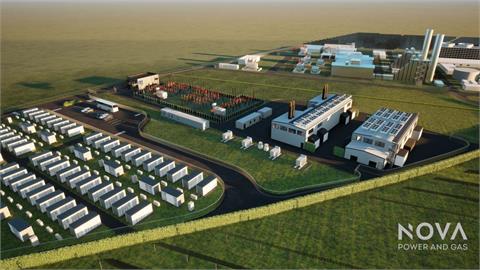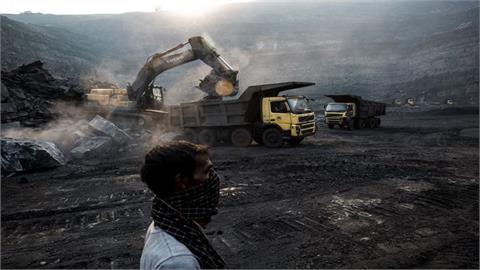Second-lien energy loans account for 23% of the total outstanding $40
billion, the highest percentage of any sector and well above the 8%
overall market figure at the end of 2014, according to Fitch Ratings.
The high price of oil and, importantly, the belief that it would
remain at lofty levels over the past three to four years enabled a
steady stream of borrowing in both the speculative-grade bond and the
leveraged loan spaces. The energy sector historically has had very
strong collateral value, as oil reserves and inventories are good, hard
assets and more readily financeable versus others, such as retail
clothing stores or auto parts.
The high yield bond energy universe has expanded 154% since the end
of 2009, as bond companies pledged most of their first-lien oil reserves
as part of a borrower base revolver, making second-lien loan structures
more widely available. A heated loan market that produced over $1.4
billion in institutional volume from 2012-2014 also helped create a
favorable backdrop for energy transactions.
Nevertheless, oil prices have dropped sharply from $90 to $45 in the
past three months, and Fitch has a negative short-term outlook for the
energy sector. Volume was halted in November and December following $2.5
billion of second-lien loans issued during the third quarter. Still,
leveraged oil and gas exploration and production companies may be active
issuers in 2015 as they look to boost liquidity and fund capex amid
lower commodity prices and shrinking revolver borrowing bases.
The U.S. leveraged loan energy default rate stood at 1% from
2007-2014, well below the overall 3% figure for the total market during
that time frame.
Nineteen issuer loan defaults tallying $27.2 billion occurred in
2014, none of which were from the energy sector. The last time an energy
company defaulted was in December 2013 when Preferred Sands defaulted
on $350 million in loans. The leveraged loan default rate ended 2014 at
3.2%, up from 1.6% in 2013 and the highest level recorded since 2009;
however, much of that was due to the default of utilities company Energy
Future Holdings (EFH). Absent the EFH default, the rate falls to just
1%.
The price-based 30-day post-default recovery rate on first-lien
loans was 78% of par in 2014, up from 69% in 2013. First-lien broadly
syndicated loans (BSL) and large middle market (LMM) recoveries were
both at 78%. Excluding EFH, first-lien recoveries were 76%.
Additionally, covenant-lite transactions continue to shape the
market, comprising 57% of the outstanding universe. The existing 2014
vintage contains 62% covenant-lite deals.
Fitch's "U.S. Leveraged Loan Default Insight" report will be published later this month.
(Fitch Ratings)
Related content
Wednesday, 17 December 2025
Wednesday, 17 December 2025
Monday, 15 December 2025
Monday, 15 December 2025



